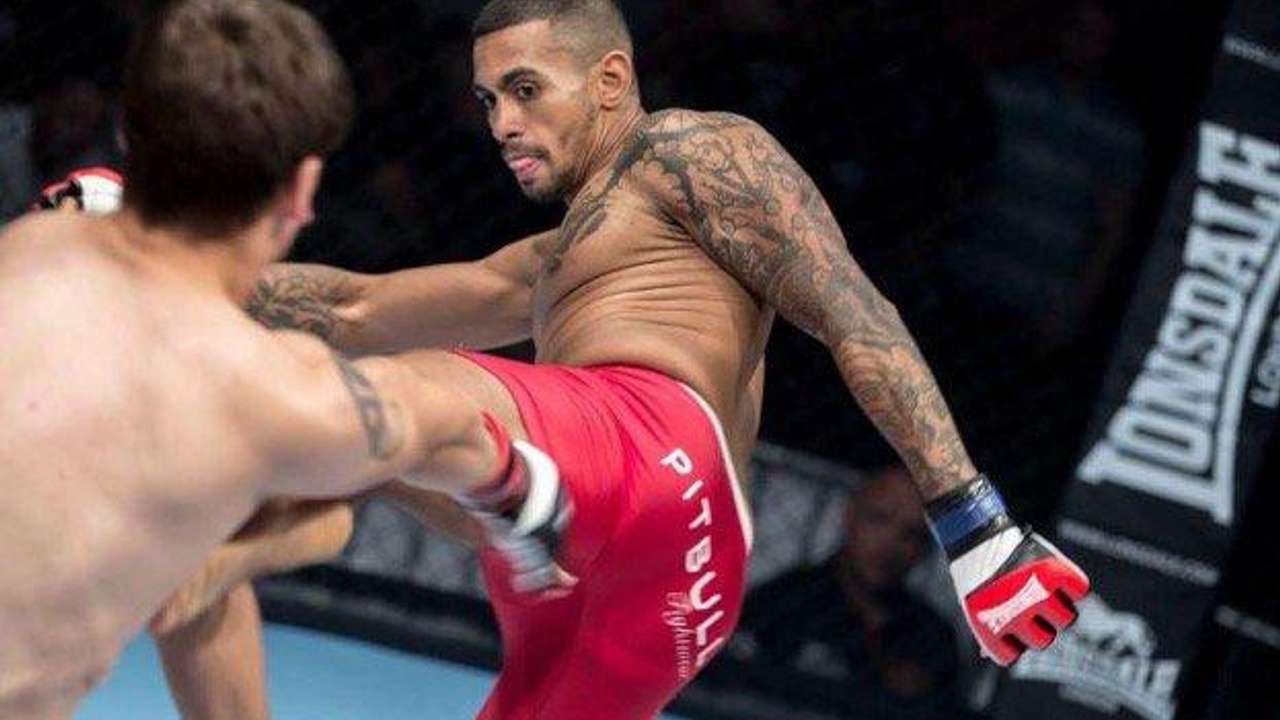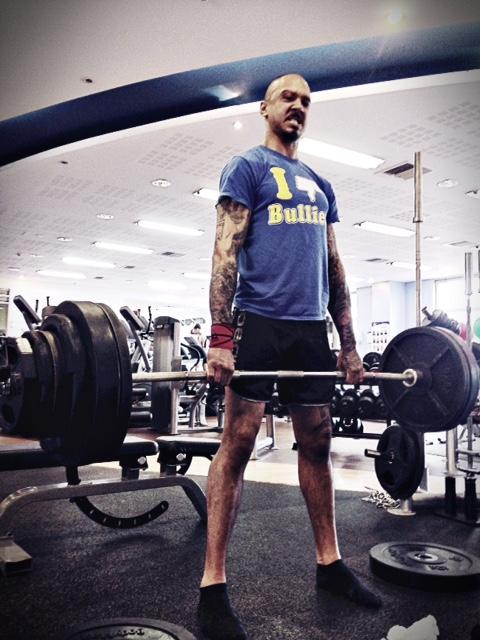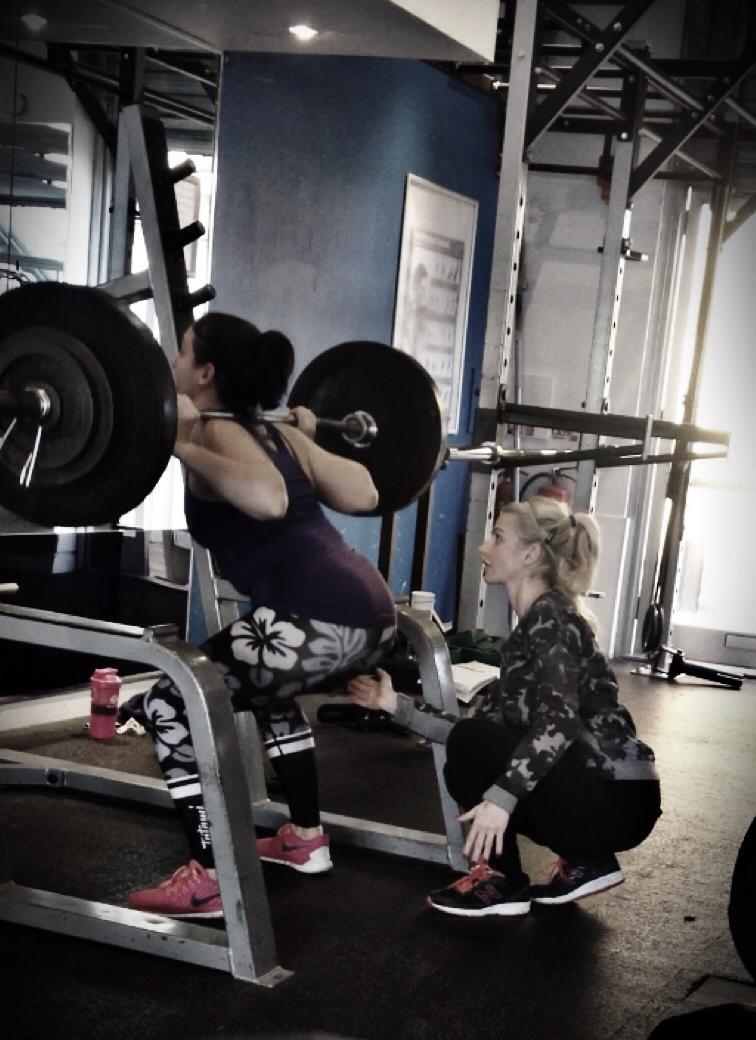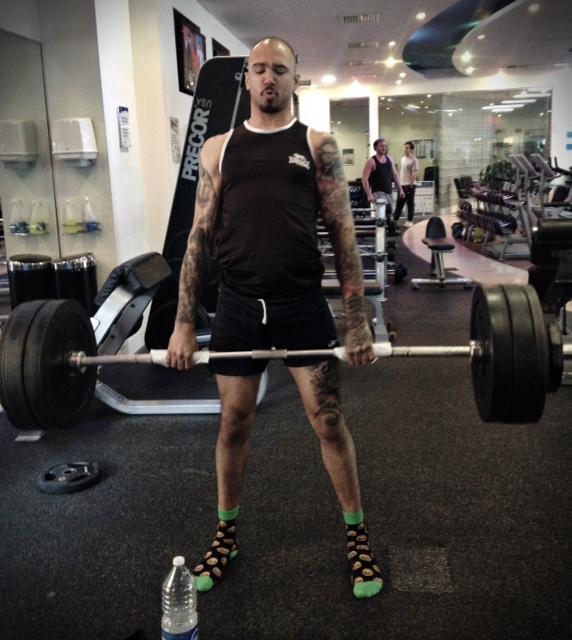
Is Powerlifting (Bench, Squat, Deadlift) Beneficial For Combat Athletes?
By Sabina Skala
The topic of strength and power for combat sports has always been a huge interest of mine, hence I had to split the article into 5 parts before posting it on Fight Camp Conditioning website, as it became more of an essay rather than a short note on the subject. I hope that in all 5 posts I have manged to explain the relationship between the strength and power clearly enough, highlighted the pros- and some cons- of using the 3 power lifting staples in the s&c for combat and highlighted a more holistic approach to training when using these 3 lifts. Please note, this is my personal view on the training and the way I work with the athletes, it doesn’t mean it is the only way, good way is always the way that works, and there are plenty of these. The approach below has worked for us, and I will make my best attempt at explaining why.
Are Standard Power Lifts Any Good For Explosiveness and Strength For Combat Sports?
PART 1 – POWER LIFTING AND MMA
Combat Athletes are not power lifters hence they should not be trained as such. However it certainly does not mean that including elements of power lifting training in s&c for combat is bad. I personally cannot imagine a decent and effective s&c program without the 3 power lifting staples – squat, deadlift and bench. It is not the use of the above 3 exercises that should be questioned, it is their application.

Elite MMA, BJJ, Judo and other combat disciplines do not need the maximum strength close to the level of power lifters. As MMA is a perfect blend of different martial arts – let me use and example of an MMA fighter in this series of articles. MMA requires sound amounts of strength, explosiveness and endurance. Power lifting – does not require endurance, in fact walking up a staircase would probably be considered endurance workout for top power lifters , it however requires humongous amounts of strength and to an extend power as well.
The focus there is primarily on lifting heaviest weight possible, for all 3 lifts. For the purpose of S&C for MMA the focus is not on lifting heaviest weight possible, but heavy enough so it has got the best positive impact on the body to meet the demands of the sport, decrease the likelihood of injury and allow the fighter to be stronger, more resilient and powerful than the opponent, and also to outlast the competitors both in the cage and prolong the athlete’s career. Hence if lifting 2 x body weight will improve your performance in the same way as lifting 3 x bodyweight – there is no need to go towards the 3 x b/w mark, as it only takes you away from other things that could be worked on.
Everything costs something - if you focus too much on strength – your endurance will go down, if you focus too much on endurance – the strength will suffer. Although this is a highly simplified statement the basic point there is true. The aim is to find the golden middle where strength and endurance complement as opposed to conflict each other.
Focusing too much on lifting heavy will require more recovery time for the athlete, which for MMA fighters is a luxury, it may also increase the possibility of injury.
Power lifters need to be as strong as humanly possible for 1 rep only. MMA athletes need to deliver enough strength and power to dominate the opponent multiple times within 5 min round and 15 – 25 min fight.
Power lifters train a few times a week. I know for a fact that one of the top world’s power lifters told me he trains only 3 x a week, of course some Power lifters train every day, but still the volume of work is not close enough to that of a combat athlete. Compare that to MMA fighters who do multiple training sessions per day, when pretty often stimulating different energy systems is required.
Now how strong is strong enough for MMA? It depends, I do have my basic standards for all 3 power lifting lifts, however I always tailor the standards to an individual.
For example if you have an athlete that is more of a slow twitch type of guy, getting stronger and explosive will come harder to him/her than to someone who is a fast twitch dominant powerhouse. Also the height and length of the limbs play a big role in strength development for DL, Squat and bench. If you have short legs and long arms and on top of that are more of a fast twitch type of athlete – you can be an awesome deadlifter, and I could up the deadlift standards for that type of person, however the bench press will not be as good with this type of physique, hence I would not expect the bench to be higher above the standard.
There is plenty of varieties to be taken into consideration, standards only serve as a general guideline, they have to be tailored towards an individual.
The above are basic differences, there are plenty more, but let’s focus on what is actually good in the 3 lifts.
Back Squat – whole body exercise, teaches strength and stability, improves posture, and teaches to use the body as one unit. For me personally - one of the best “core” exercises out there. Builds strong musculature around the hips and knees, which improves stability, also strong ES. A lot of imbalances postural and functional will show up when attempting a squat. Any weaknesses in the mid-section, hamstring, glutes, quads – weaknesses and imbalances between the posterior and anterior chain will be easily spotted.
If you want strong glutes, but far one of the superior exercises. What is even more important for me as a trainer that these lifts teach functional and structural integrity, and work the hips and core like hell. If hips and core are strong - the extremities will follow. Hips and core are your power generators. Strength comes first then once you are strong you can add speed.

Back Squat is one of my favorites for strength development and injury prevention.
Other squat variations include:
- Zercher Squats - excellent for mid-section strength
- Front Squat - for better quads recruitment if needed
- Wall squats - postural correction
- Overhead Squats - mobility and structural integrity, mid-section work
I also like to use single leg work, like step ups, split squats, pistol squats, lunges etc.
Standard for Back Squat is 1.75x body weight (can be modified depending on the type of athlete)
Deadlift - deadlift it is the leg dominant, back assisting exercise, no need to explain why lifting heavy object from the floor is beneficial for combat. From my point of view heavy DL’s as well as heavy squats are great for injury prevention and building strong and resilient posterior chain and mid-section (core).

Deadlift Variations:
- Sumo deadlift (to teach engagement of the thorax)
- Single legged deadlift – mostly used for glutes activation,
- Suitcase deadlift – for mid-section strength, etc
Standard for DL is 2 x bodyweight (again, can be modified to match the athletes genetic potential and needs)
Bench press – here power lifting style not as good as power lifters arch so much that the bar doesn’t travel huge distance. However –modified version I use with fighters, where I allow them to lift the hips of the bench. Some purists may cringe watching the video below, but we have found this version to work very well for our athletes. Standard for Bench Press (1.5 x bodyweight)
Sabina’s stable of clients includes pro MMA as well as top BJJ athletes, triathletes, polo players, climbers, dancers and military personnel. She has also successfully trained top male models. She works closely as a Strength and Conditioning Coach with Balance – Sports Injury Physiotherapy clinic in London.
As a former competitive athlete Sabina believes that each is truly responsible for the performance potential and that we all are capable of limitless possibilities when we put our mind and hard work to it. Contact info: [email protected] or via contact form www.sabinaskala.com




